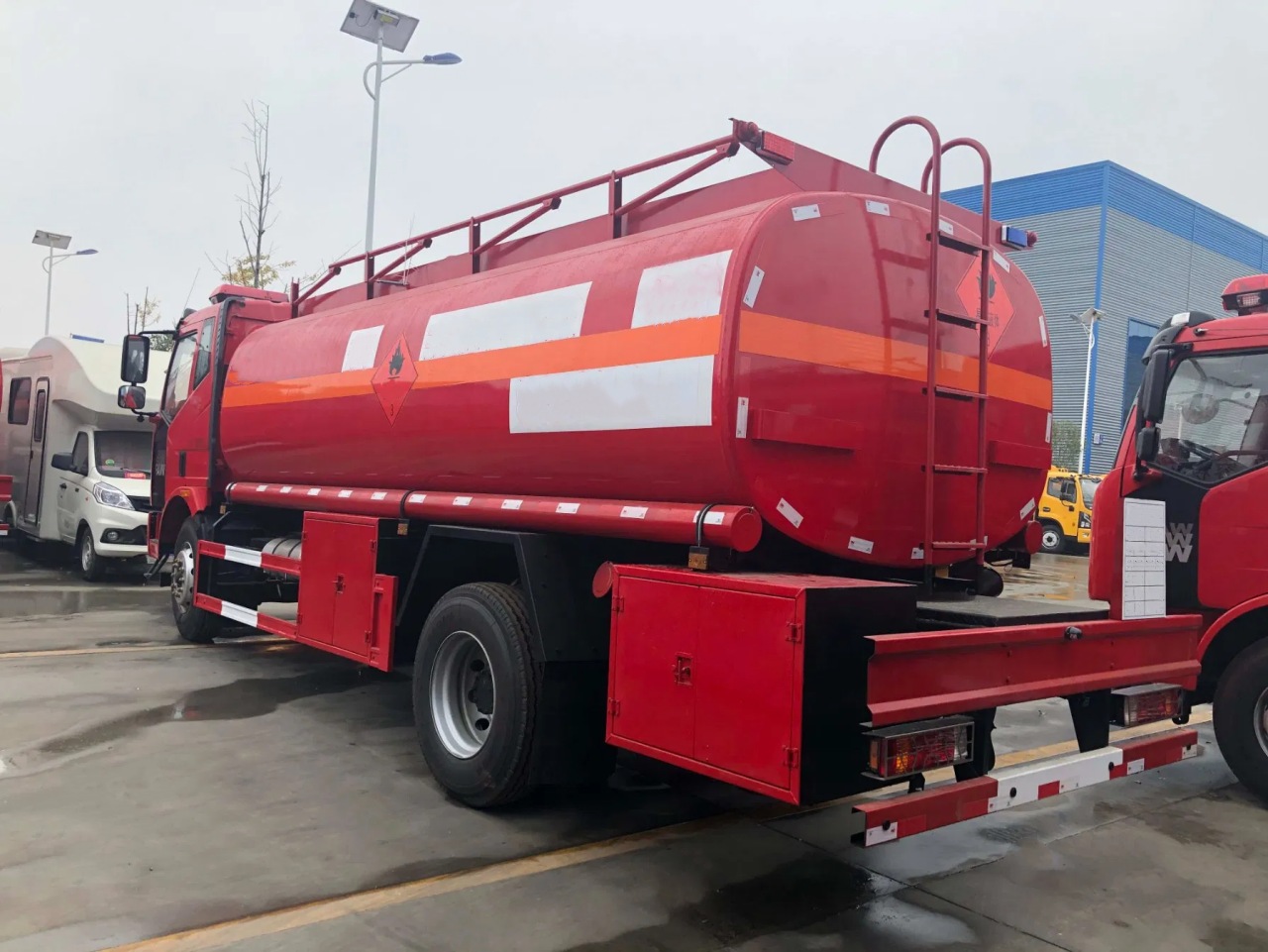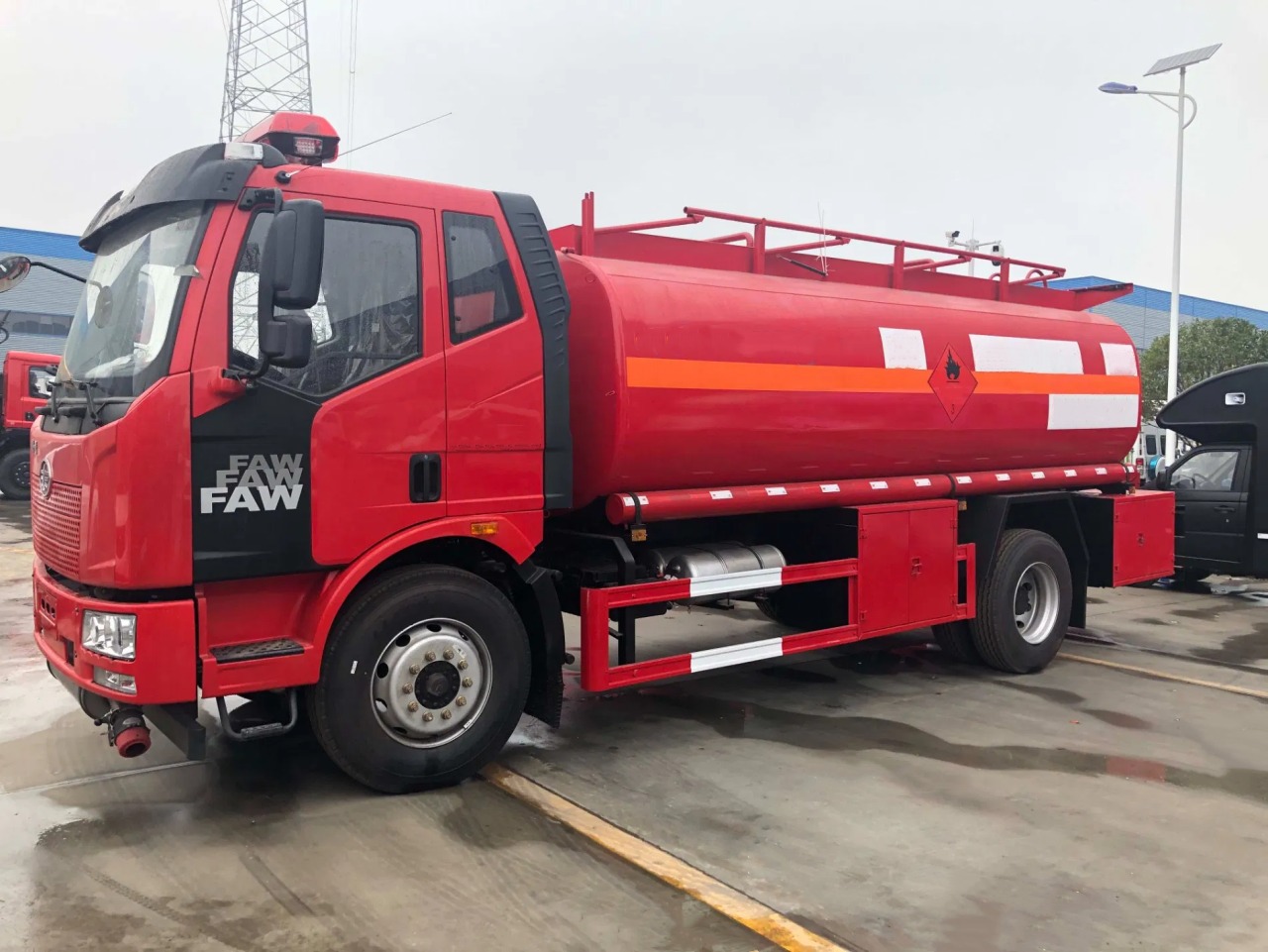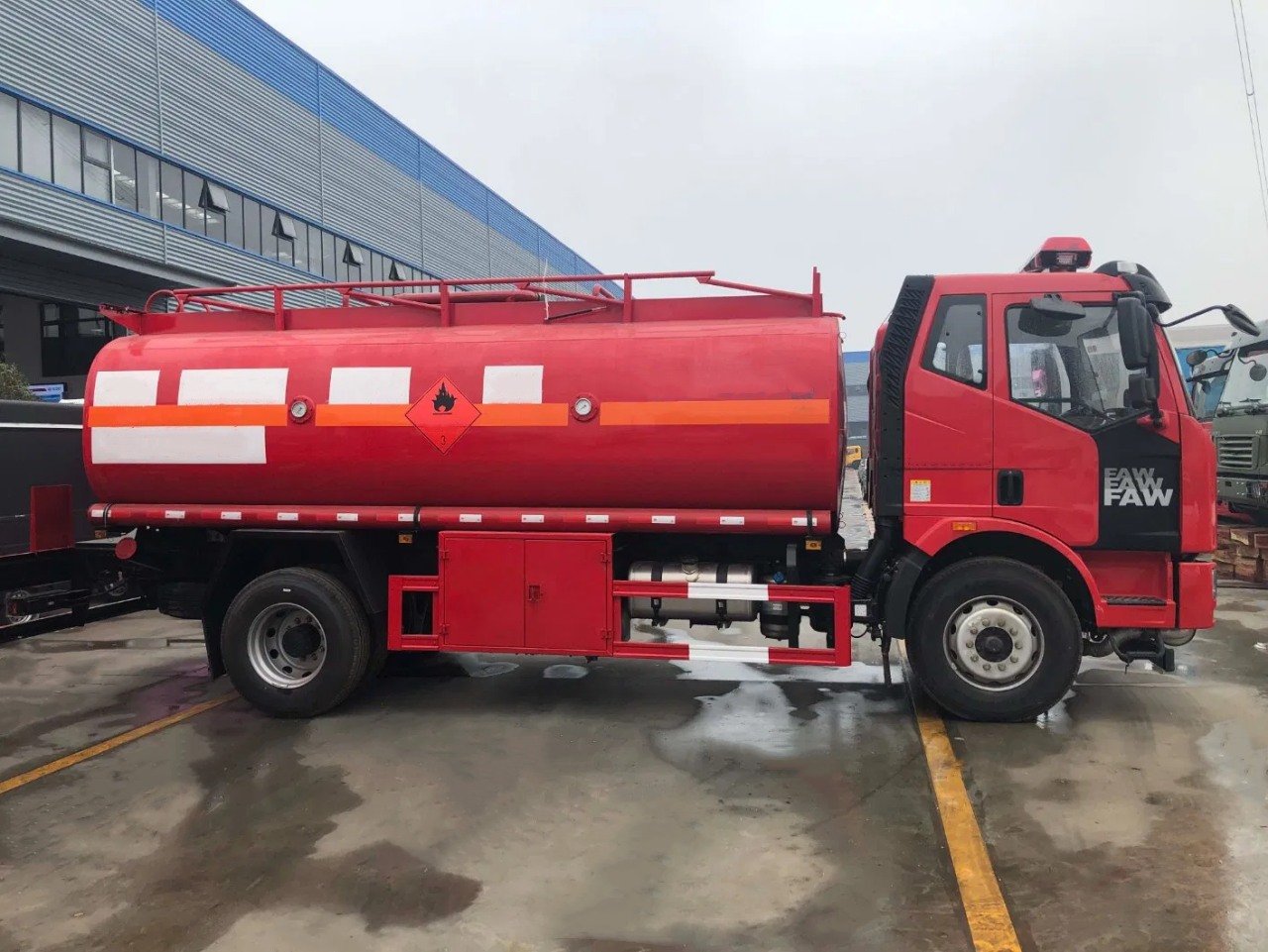When you see an oil truck cruising down the highway or delivering heating oil in a neighborhood, you might wonder just how much fuel it’s hauling. These trucks play a critical role in transporting petroleum products—from gasoline and diesel to heating oil and aviation fuel—across cities, regions, and countries. Understanding the capacity of oil trucks offers insight into the logistics behind fuel delivery, the safety regulations they must follow, and the engineering that goes into building these powerful vehicles. So, how much fuel does an oil truck carry? The answer depends on several factors, including the type of truck, its size, design, and intended use.
Types of Oil Trucks
Oil trucks come in various configurations, each designed for specific applications. The 2 primary types are:
- Straight Trucks (or Tank Wagons)
- Semi-Trailer Tankers
Each type has different capacities and is used in different contexts, ranging from local neighborhood deliveries to long-haul highway transport.
1. Straight Trucks (Tank Wagons)
Straight trucks are commonly used for local deliveries, such as transporting home heating oil or refueling construction equipment. These trucks have the cab and tank mounted on a single frame. Their compact size allows them to navigate narrow streets and urban environments with ease.
Typical Capacity:
- 2,000 to 5,000 gallons (7,570 to 18,927 liters)
These trucks usually carry heating oil, diesel, or gasoline and are equipped with multiple compartments for delivering different types or grades of fuel in a single trip. They’re built for frequent stops and fast loading/unloading.
2. Semi-Trailer Tankers
Semi-trailers are the larger, highway-optimized trucks you often see refueling at gas stations. These consist of a tractor unit pulling a separate fuel tank trailer. Designed for long-distance hauling and maximum payload, they are used by major oil companies and logistics providers.
Typical Capacity:
- 5,000 to 11,600 gallons (18,927 to 43,900 liters)
- Most common configurations in the U.S. hold around 9,000 gallons
Some specialized units may carry even more, especially in countries where regulations allow heavier axle loads. The trailers are divided into compartments, each typically holding 500 to 2,000 gallons, to prevent sloshing and allow mixed loads.
Factors That Affect Fuel Capacity
Several variables influence how much fuel an oil truck can carry. These include:
A. Axle Load and Legal Weight Limits
Oil trucks are subject to road safety and weight regulations that vary by country and state. For example, in the U.S., the Federal Highway Administration (FHWA) limits trucks to 80,000 pounds (36,287 kilograms) total weight unless special permits are granted. This total includes the truck’s weight (tare weight) plus the weight of the fuel (payload). Since fuel weighs about 6.1 to 6.8 pounds per gallon (depending on the type), this directly limits how much can be legally hauled.
B. Number of Compartments
Tanker trucks are divided into multiple compartments, allowing for:
- Delivery of different fuel grades (e.g., regular and premium gasoline)
- Better weight distribution
- Reduced risk of fluid movement (surge) during braking or turning
Each compartment is built to a specific size, and its usage can be optimized based on the load type and delivery route.
C. Truck Configuration and Size
- Single Axle Straight Truck: ~2,000 to 3,000 gallons
- Tandem Axle Straight Truck: ~3,000 to 5,000 gallons
- Five-Axle Semi-Trailer Tanker: ~9,000 gallons average
- Super Tanker Trucks (in regions like Australia): up to 13,000+ gallons
Examples of Common Fuel Truck Capacities
Let’s look at a few common oil truck configurations and their typical capacities:
| Truck Type | Configuration | Approximate Capacity |
|---|---|---|
| Small Tank Wagon | Single Axle | 2,000 gallons |
| Medium Tank Wagon | Tandem Axle | 4,000 gallons |
| Standard Highway Tanker | 5-Axle Semi-Trailer | 9,000 gallons |
| Large Tanker (Canada/Europe) | 6+ Axles or B-Trains | 10,000–11,600 gallons |
| Road Train (Australia) | Multi-Trailer Units | Up to 13,000+ gallons |
What Fuels Do They Carry?
While the term “oil truck” might sound specific, these trucks carry a wide variety of fuels, including:
- Gasoline (Regular, Mid-grade, Premium)
- Diesel (ULSD, biodiesel blends)
- Heating Oil (No. 2 fuel oil)
- Jet Fuel (Jet A, Jet A-1)
- Kerosene
- Crude Oil (in field transport applications)
Each of these fuels requires specific safety considerations, such as temperature control, compartment material compatibility, and vapor recovery systems.
Safety and Engineering Features
Oil trucks are engineered for safety and compliance with strict transport standards. Some key features include:
- Double-walled tanks to reduce the risk of leaks
- Vapor recovery systems to minimize emissions
- Baffles and bulkheads inside compartments to control liquid movement
- Spill containment systems
- Remote shut-off valves for emergencies
These safety mechanisms are not only designed to protect drivers and the public but also the environment, considering the hazardous nature of the materials being transported.
Conclusion
So, how much fuel does an oil truck carry? The answer ranges from as little as 2,000 gallons in a compact tank wagon to over 11,000 gallons in a full-size semi-tanker—and even more in specialized multi-trailer configurations. The capacity is governed by a blend of engineering design, safety regulations, and logistics strategy.
Whether delivering heating oil to suburban homes or supplying fuel to a busy urban gas station, oil trucks are the backbone of the fuel distribution network. Their design and capacity reflect the balance between efficiency, safety, and adaptability—a testament to how much thought goes into something as seemingly simple as moving liquid fuel from point A to point B.





